Earlier this month, we talked about five program pitfalls you can avoid by setting objectives. If you haven’t set objectives for your program yet, now is a great time to do so. With the New Year, everyone has been thinking about resolutions and goals in their personal lives — why not put that impulse to work for your programs, too?
Of course, not all New Year’s resolutions are created equal. Many of us are familiar with the cycle of resolution failure — you set a goal for yourself, but within a month or two, that goal has fallen by the wayside and you’re back to life as usual. Often resolutions fail because they’re either too long-term, not specific enough, or unrealistic. In all three cases, you don’t see noticeable results, so you get discouraged and stop working on your goal. Program objectives are prone to the same problems. If your objective is not clear and you can’t see results, it’s easy to feel like you’re spinning your wheels. Then you start ignoring your objective and it may as well not exist.
That’s why I like the “SMART” goal strategy for both program objectives and personal goals. SMART is a good mnemonic to help remember the elements of a strong objective. All five elements are pretty well intertwined. Once you’ve incorporated them all, you’ll have a solid objective that sets you and your program up for success.
S: Specific
Your objective should be specific enough that you know exactly what you should be doing. Participants will learn about female pilots during World War II is not specific enough — there’s too much to learn about that topic. Participants will understand the struggles faced by Women’s Air-force Service Pilots is much more specific.
M: Measurable
How will you know if your objective as been met? You need an objective that can be measured in some way. Your evaluation strategy doesn’t have to be embedded in your objective, but you should have some ideas in mind when you write the objective. The best way to measure understanding is the ability to do something. So, participants will use the compass to assist with navigation during a guided hike is a stronger objective than participants will know how to use a compass.
A: Achievable
If your objective is too lofty, both you and your participants will lose faith in your ability to deliver what you’ve promised. Make sure that your objective is within reach for your organization, as well as for your participants. Participants will switch to sustainable energy sources for their home may be achievable for homeowners, but not if the majority of your community is renters or students.
R: Relevant
Your objective should make sense for your organization’s mission and for the needs of the community you’re serving. The organization I work at is very focused on getting students into science and technology careers, so when I developed a program about aviation history, the objectives included participants will see women’s contributions to the field of aviation and recognize role models for themselves.
T: Time-based
When should the objective be met? If your objective is based on learning some new information or skill, chances are good you want participants to meet the objective by the end of the program. But if your goal is to change people’s attitudes or behavior, you might be better served by an objective that looks farther into the future. Still, make sure you specify when you want the objective met. This helps it be more measurable. Participants will come back for a stream clean-up day is nearly impossible to measure because it has no end date. If a participant comes back five years later to help clean up the stream, it would meet the objective, but you will have long passed the point when you were measuring the effects of that particular program. Adding within the next year to the end of that objective makes it time-based and therefore more measurable.
For some programs (especially ones that take place over weeks or months), you may have more than one objective. There are several different types of objectives which can be very beneficial in different situations. If you want to learn more about these, stay tuned for a webinar series coming to Non-Profit Ally this spring.
Finally, once you have a strong objective, you’ll need a plan in place to evaluate whether you’re meeting that objective. Watch this space for an upcoming article about evaluation strategies for different programs.

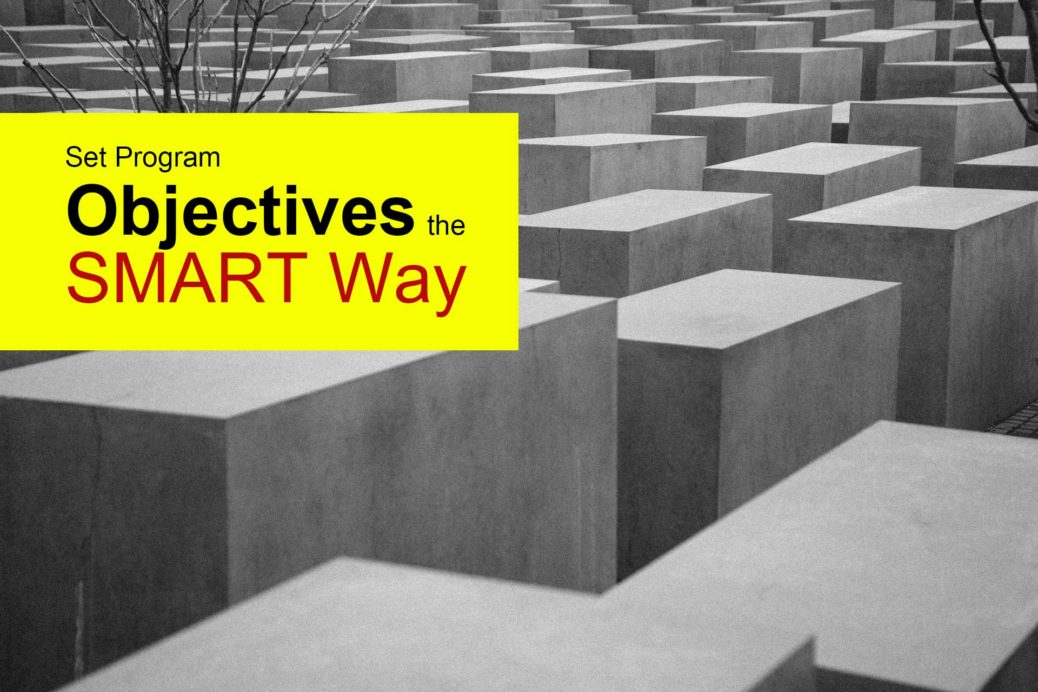
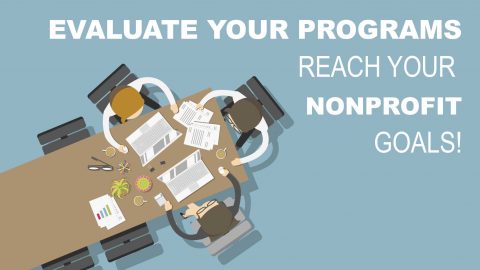
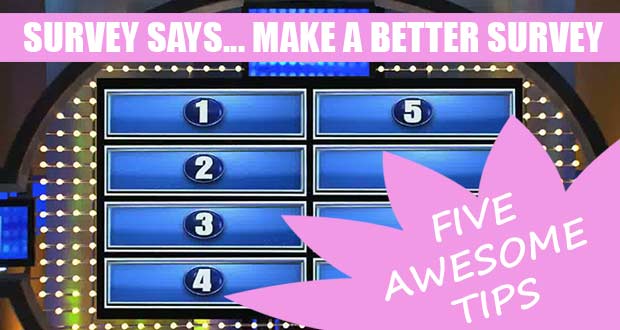

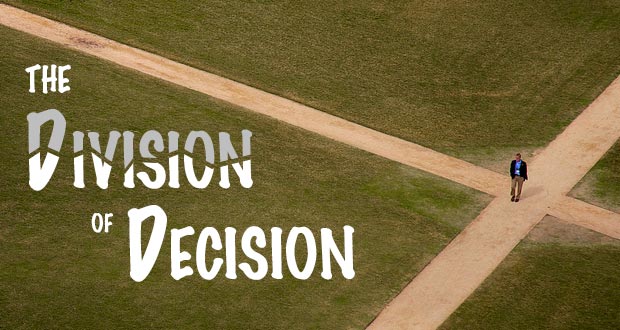
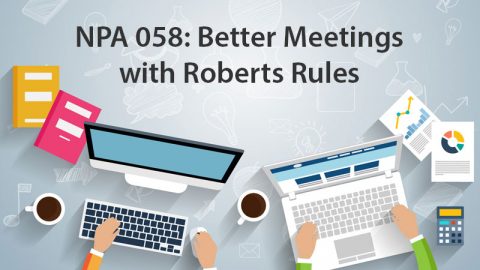

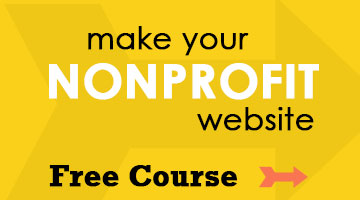
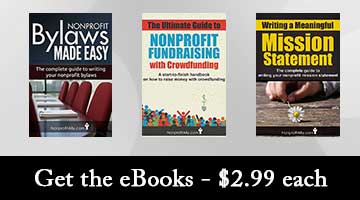
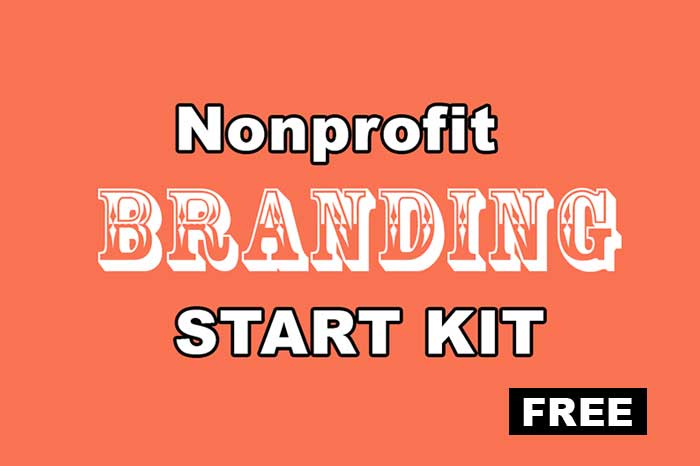
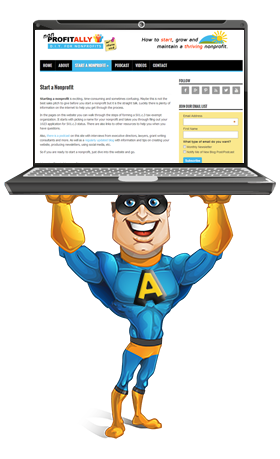
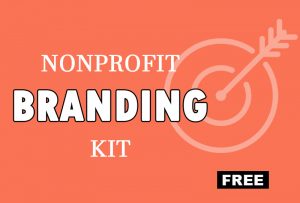


Comments are closed.
Jesus that image is inappropriate
I thought it was just an image of geometric shapes. Is from somewhere specific?
The Berlin Holocaust memorial. DEFINITELY problematic with the subject matter, my guy
[…] your stakeholders. You set objectives (Five Program Pitfalls to Avoid), and they’re SMART ones (Set Program Objectives the Smart Way). But your objectives won’t mean anything if you have no way to tell if you’ve met them. […]